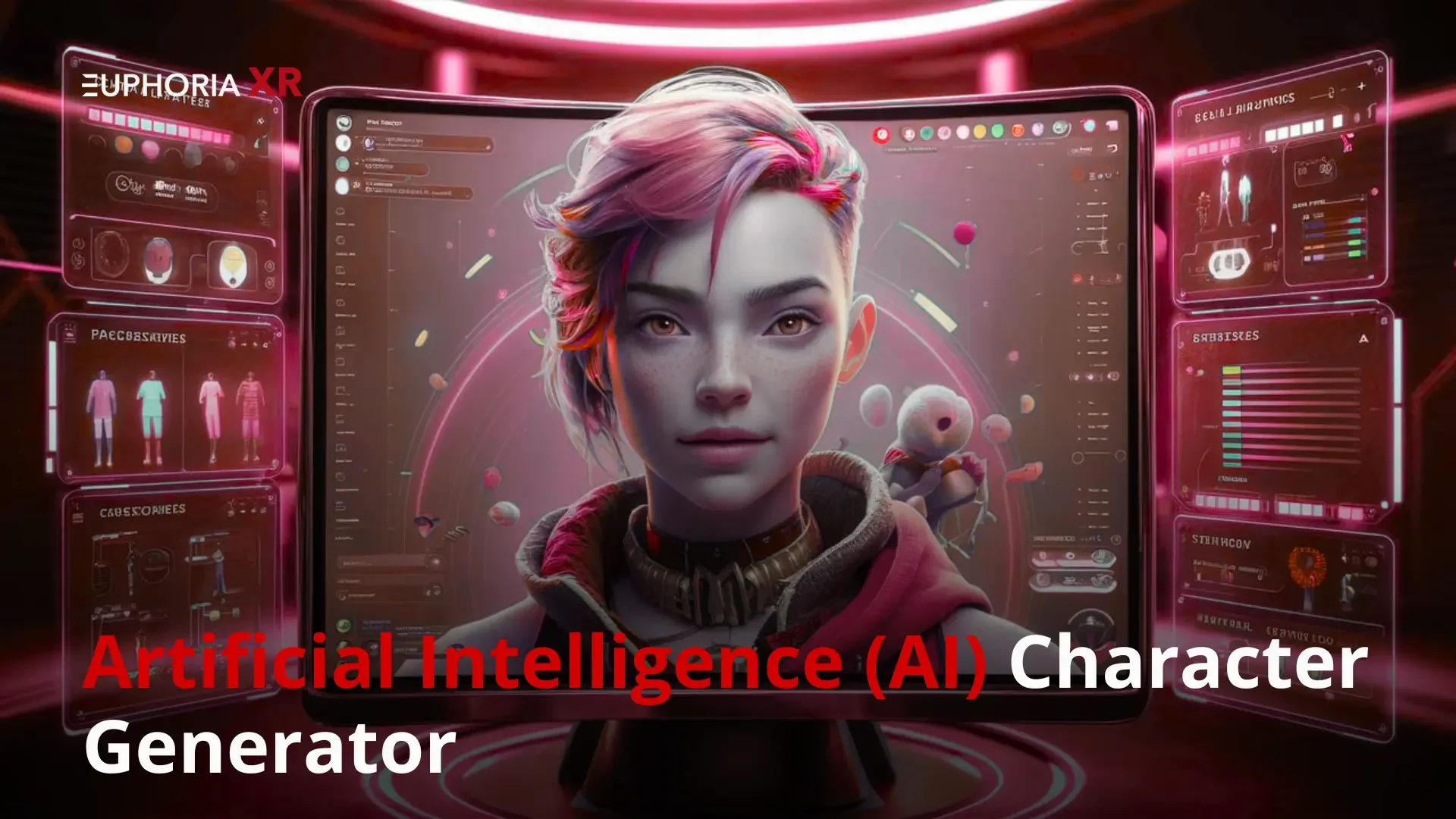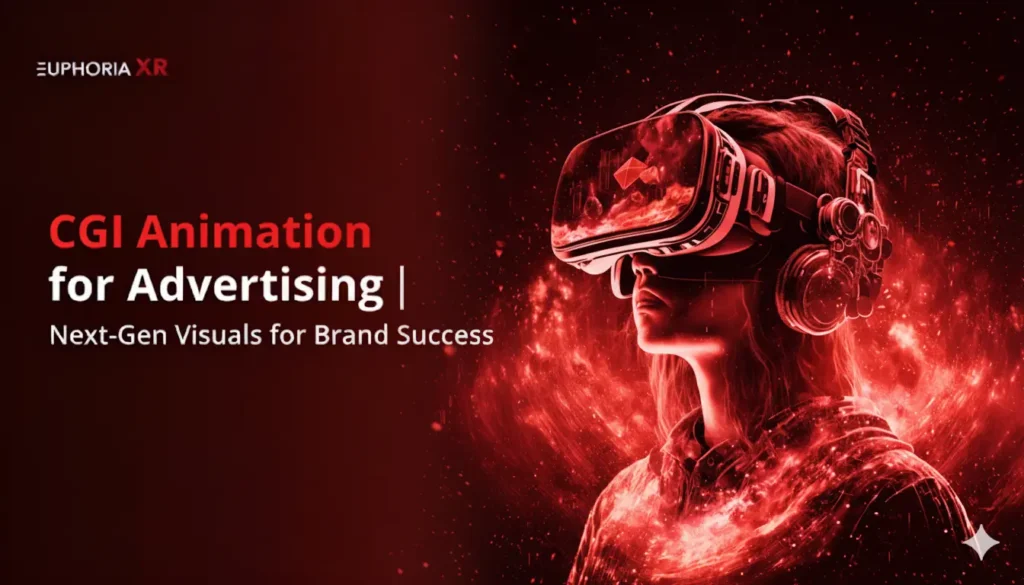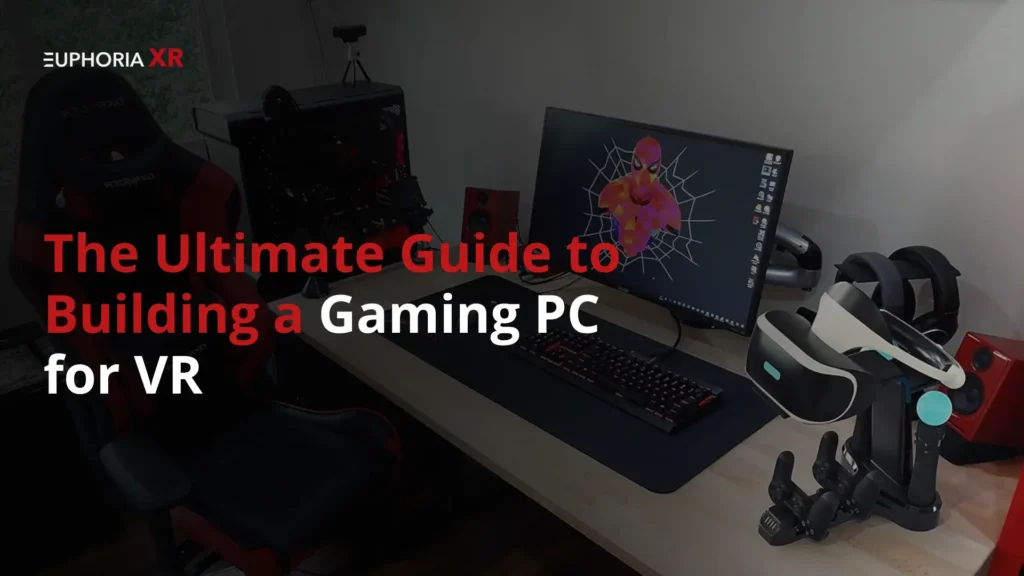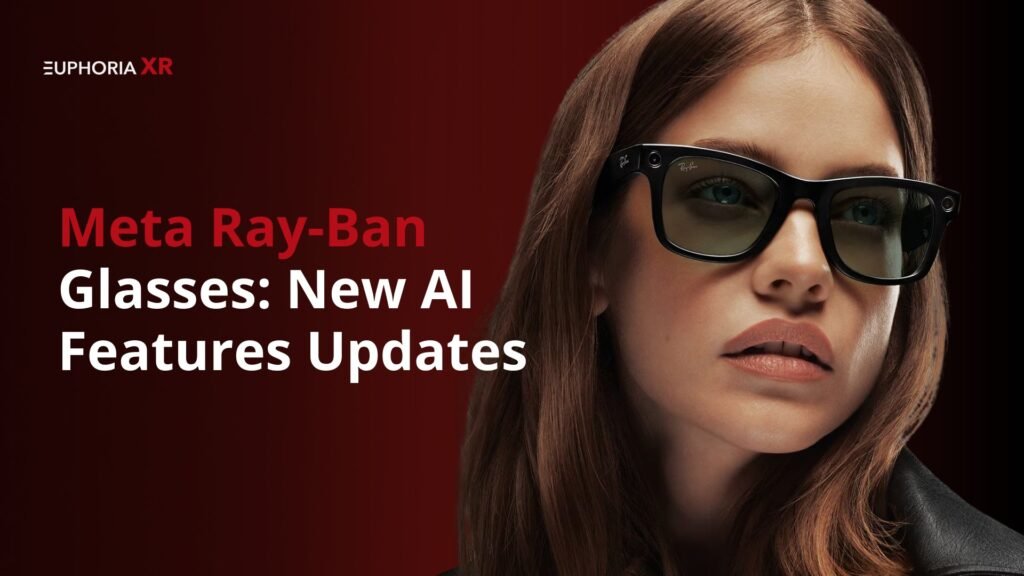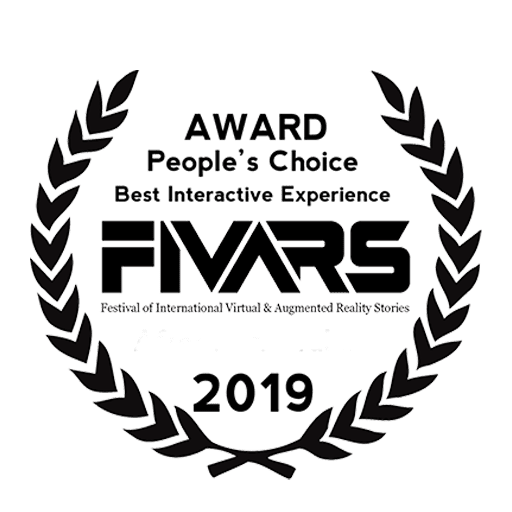“Why am I not allowed to develop my digital character from how I picture it?”
That is exactly what many creators, gamers, animators, and storytellers are wondering each day.
Due to new developments in artificial intelligence, it is now simpler and quicker than ever to make a character of your choice.
Yet, there’s a twist when it comes to this:
A lot of the current AI character generator tools either seem old-fashioned, are hard to use, or have their most useful tools accessible only through expensive subscriptions. What’s more, they often prevent you from making important creative decisions.
For this reason, platforms like AI Fusion are gaining popularity. Their tools help people create characters that seem almost as if by magic. But what’s better than depending on another building tool?
If you could design your character generator, it would fit your preferences, meet your audience’s needs, and grow with time.
That’s the main topic of this guide.
I will explain how to make an AI character generator similar to AI Fusion, step by step.
The Rise of AI Character Generators
Only a little while ago, the idea of designing a character involved a lot of sketching, coding, or digging through complicated software options.
Today?
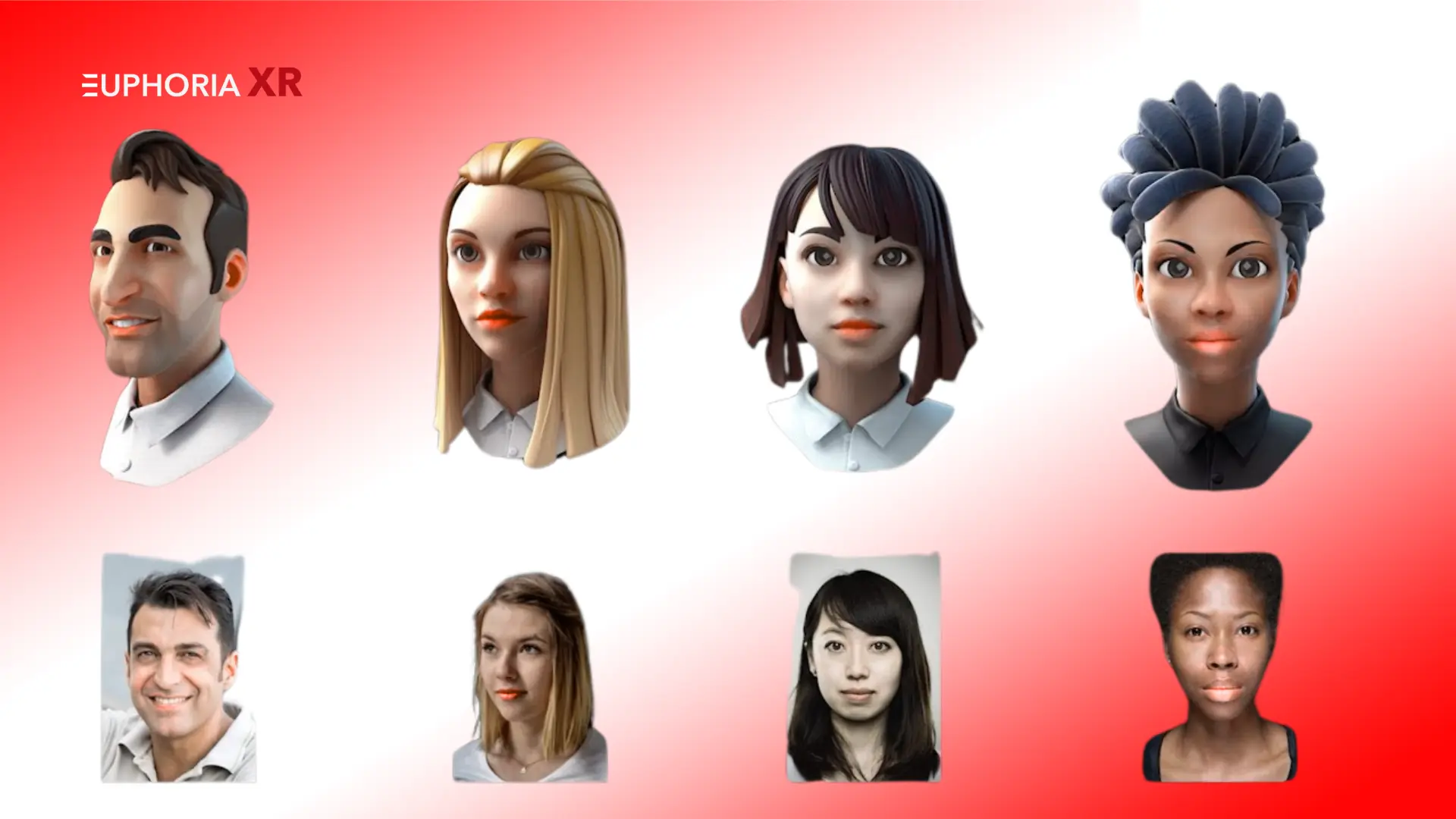
Typing just a few words makes it possible for AI to quickly form a character.
From people in the charts on TikTok to game makers, authors, and branding teams, everyone is using AI character generators to make their ideas visible.
In fact, according to MarketsandMarkets, AI-based content creation is set to grow to over $13 billion by 2027, and character generators are heavily contributing to that increase.
It’s fast. It’s customizable. This is bringing changes to how digital identities are crafted.
What Is an AI Character Generator?
An AI character generator relies on AI to develop characters either in written form or as images, depending on details like a user’s personality, mood, background, or design preferences.
Such tools usually apply several technological methodologies.
Creating believable characters and their personalities through NLP
Generative AI that enables people to create visual designs
Mixture of traits or styles within a pair
By using an AI character generator, you can create your characters using just your preferred looks, traits, or personality.
If you want to make a game, tell a story, or just get creative online, AI character generators will help you achieve your ideas in no time.
Reform your company with state-of-the-art AI solutions designed by professionals at EuphoriaXR, where intelligent automation and strategy collide.
How to create AI-generated characters?
Creating a character using AI is an easy process. You only need to use the right information and AI tools together.
Entering traits of the character using words or examples, the AI then creates a character in its likeness.
Let me explain briefly how the process works.
Introduce Your Idea: Introduce your character: “The main character is a young warrior who has bright neon hair and a secret past.”
AI Integrates The Prompt: The NLP model GPT or Claude can understand what you mean based on the prompt.
Character is Generated: Images or text are created by Visual models, and language models are used to establish the backstories.
You Customize It: Many websites let you adjust the character’s personality, feelings, appearance, and history to suit what you want.
Through this method, it feels like you and AI are teaming up to create each character.
Overview of AI Fusion
There are many AI tools, but AI Fusion allows for the most flexibility. It enables users to combine several features, traits, or costumes to make characters that are different from anyone else’s.
How is AI Fusion different from others?
With this creation tool, you can adjust both the traits and the looks of your characters.
Put together elements from various genres such as anime, sci-fi, and medieval.
You don’t need any design skills because you can just type and edit what you want.
You can change every aspect of the image: tone, style, age, background, and the character’s expression.
That’s why AI Fusion is being used and appreciated by people with various interests in computing.
What AI model does Character AI use?
Character AI works with LLMs that are like GPT (Generative Pre-trained Transformers). They are designed to act like humans in chatting and center on creating special characters for each story.
Most character AI tools rely on big language models such as GPT, and they train custom transformer models to simulate different personalities.
On some websites, you can find these tools:
GPT-3.5 and GPT-4 models that are specially configured for me
Using users’ inputs to help the algorithm
Blending LLMs with systems based on predefined rules
Because of these models, AI characters can have real-sounding conversations, react to what is said to them, and develop their chat skills with regular use, appearing far less mechanical.
Are you prepared to unleash AI’s potential in your company? Check out our AI consulting services right now.
Step-by-Step Guide to Building an AI Character Generator
Creating an AI character generator needs smart ideas and a creative touch, not just programming skills. No matter if you are a solo creator, developer, or startup founder, this guide will teach you how to build your version of AI Fusion.
Ideation & Market Research
Ask yourself who the design will serve and why it is necessary to develop it.
You should begin by figuring out:
Who are your readers? Are they writers, gamers, educators, or marketers?
Are they annoyed because there is not enough customization available? High costs? Clunky interfaces?
There are tools to support educators.
Google Trends (is used for tracking demand)
Reddit forums dedicated to character drawing and AI art, for instance, r/characterdrawing and r/AIArt
People have shared their opinions about AI Fusion, Reallusion, or Artbreeder.
Grand View Research reports that over 25% CAGR growth in the AI content creation industry is happening, especially in demand for character and avatar tools.
Feature Planning
When the market is clear to you, start designing the essential functions for your app. Invest in features that will allow players to enjoy and easily begin the process of creating a character.
Must-Have Features:
Method to turn prompts into characters (in the form of text/images)
Trait fusion means merging different genres (like anime, cyberpunk, and wizardry).
Characteristics that can be changed with sliders (like mood, attitude, and personality).
The ability to choose your hairstyle, dress, age, and style
You have the opportunity to use your artwork for exports, gaining images, 3D, profile cards, or NFT formats.
You can launch with your Minimum Viable Product as your first goal. Move forward fast with the minimum and grow as you continue.
Dataset Collection & Preprocessing
For any AI, you need data. Now it’s time to give your model the information required to create new characters.
You should collect two types of information.
Text data is mainly used for creating personality, conversations, and the backstory.
Public character databases, RPG wikis, and fan fiction datasets are among the examples.
Pictures are needed to design how the characters look.
Some examples are LAION-5B, CelebA-HQ, and images from StyleGAN.
Preprocessing checklist:
Clear out all unnecessary and wrongful content and keep only the approved articles.
Make sure datasets are diverse in terms of age, race, and gender.
Turn data into labeled JSON, CSV, or other output formats.
It is important to check the data licensing to ensure you do not run into any IP or bias problems.
Model Training & Fine-Tuning
Models you can try are:
GPT-J and GPT-NeoX (Open-source)
The neural NETs called LLaMA or Mistral
Refine your data concerning personality and how people talk.
Visual Generation:
Models you can try are:
Stable Diffusion, which does well with image prompts
You may use DALL·E 3 or RunwayML Gen-2 as generators.
If you wish to improve the precision of your body/pose, add ControlNet.
Training Environments
Google Colab Classroom is the one I chose.
Scaling machines using AWS EC2 and GPUs
Paperspace Gradient – balanced
App Interface Design
Even the best AI model can do nothing if users have a hard time using the interface.
Plan your UI to be simple and user-friendly for people who do not work in tech.
Input (e,g, “I want to create a shy elf warrior”)
The output will show a preview of the character, either as an image or through a personality card.
You can adjust the game with trait toggles, expression sliders, and style themes.
Actions for dealing with ideas include: generating, saving, refining, and downloading.
Tools that support the creation of a graphical interface.
Designers use Figma to create things.
Front-end development is best done with React.js or Next.js.
Responsive layouts are easily made with Tailwind CSS.
To make UX better, integrate an instant preview panel into the interface.
Testing and QA
Before beginning, test all the systems to confirm they are working.
Test for:
How close is the output to the truth compared to the source input?
Writers should avoid using the same or similar characters.
Speed and the performance required for image generation
Does the app work well on any device, including mobile, desktop, and different browsers?
Use Beta Testers:
Receive feedback from people writing your app, designing its interface, or studying in schools. Feel free to implement their advice when updating templates, UI design, or error messages.
Deployment & Monitoring
It’s time to start the AI app that can generate characters for you.
Hosting options:
The most popular frontend options are Vercel, Netlify, and Firebase.
Backend/API services can be based on AWS Lambda, GCP, or Railway.
According to your purpose, you could try HuggingFace Inference, Replicate, or upload your model to AWS Sagemaker for inference.
Add apps or software that can watch over your network.
Monitor the amount of time it takes for a request to complete (Fastly, Sentry)
Things to watch are errors and crashes (errors can be noticed with LogRocket and Datadog).
Monitor what visitors to your website do (an example is with tools like Hotjar and PostHog).
It is important to update your model frequently with new information, what your users want, and unusual case solutions.
Key Features of an AI Character Generator
An excellent AI character generator not only produces photos but also makes characters full of spirit and detail for the user. Your tool should have certain qualities to truly distinguish itself.
Natural Language to Character Creation
People should be able to explain their character in simple terms, and the AI should provide both an image and an introduction. If you type “a robot girl with an antenna shaped like a heart,” you should immediately get something enjoyable.
Style Fusion and Trait Blending
This is where the focus of genetics switches to more interesting topics. What users are looking for is mixing themes such as steampunk and cyber ninja, or fairy tale with dystopian. With latent space fusion, the AI merges several styles into a united character.
AI fusion images are made by linking images using image generation tools like Stable Diffusion or MidJourney in the latent space.
Real-Time Visual Customization
Users can revise what they generated after their initial output.
The look of someone’s hair, their skin tone, and their clothing.
Form of artwork such as anime, pixel art, or realistic style.
The way a person moves and their facial expressions.
This improves how involved and personal the experience is.
Personality Simulation and Bio Generation
A character needs personality to be complete. NLP should help your app in producing:
Backstories
Advantages and disadvantages
Example lines or popular phrases
Because of this, the still photo becomes a living character full of stories.
Export, Download, and Sharing Options
Make it possible for users to save their characters in several different ways.
Photo files saved in the PNG or JPG format
Include PDFs that describe the characters.
Files needed for gaming, such as JSON or GLTF
Don’t forget to add a feature that allows users to share with just one click to socials or game engines.
Technology Stack of AI Character Generators
The structure of technology is essential for every fantastic AI tool to exist. This is what you have to set up to produce a scalable AI character generator that people will like.
Frontend
It is through this that users interact. It has to perform quickly, respond well, and feel easy to use.
For creating dynamic, feature-filled UI, most developers use React.js.
Next.js is used to boost the performance and search engine optimization of an app.
Tailwind CSS helps to use modern styles easily and without generating huge CSS files in the process
You may add Framer Motion or Lottie for nicer-looking animations and responses for your users.
Backend
It is the backend’s job to reply to AI requests, handle user accounts, and maintain the operation logic.
Node.js is a good choice for programming real-time performance.
When serving AI models and working with ML, Python is perfect for you, especially with FastAPI or Flask.
When using Node.js, Express.js is a useful and lightweight API server.
Striving to reduce the response time is very important when large models are involved.
AI/ML Frameworks
This is where the major tools of your character generator are found.
Putorch, the framework is fit for precisely exploring and coming up with generative tasks
The large scale of TensorFlow is useful for production applications.
Transformers (from HuggingFace) allows the use of pre-trained models GPT, T5, and BERT to create personality and text.
Image & Text Models
Depending on the task at hand, you should select one of these popular models.
Stable Diffusion is meant for image production and blending styles together.
DALL·E 3 is made for creative illustrations inspired by a written prompt.
When you need to create a character’s background, voice, or traits, use GPT-J / GPT-NeoX.
LLaMA / Mistral – Alternatives that run more quickly for fast NLP jobs
You can use different methods, such as text and image, for character generation.
Database
Keep user profiles, saved characters, and recent prompts in this area.
MongoDB is convenient and ideal for documents that are structured like JSON.
PostgreSQL – For those who need well-organized and connected data
Redis is used for storing generated images to assist with fast replies for similar comments.
Cloud Infrastructure
If you want your app to keep working and handle more traffic:
The GPU instances and storage spaces offered by EC2, S3, and SageMaker are good choices with AWS.
Come with Vertex AI, which proves useful for both building and putting ML models into use.
Vercel and Netlify are used for quick frontend hosts as well as CI/CD pipelines.
If constructing complicated infrastructure is not desirable, HuggingFace Spaces and Replicate could be used to serve your models.
Monetization Strategies of AI Character Generators
Turning an AI character generator into a source of earnings is a different challenge from creating it. The great thing about this field is that it gives many options for earning money based on your chosen audience.
Freemium
Allow people to use simple features for free and ask them to pay for premium options such as advanced generations or design customization.
Advanced customization
HD exports
Personality simulation
The model is designed to encourage viral behaviour and get users more involved.
Subscription
Have different payment plans every month or annually, depending on the volume or number of features used.
For example:
Basic: You get 100 character origins every month.
Pro: Your business can stay in families forever, and you can sell it as long as you like.
Studio: You can have multiple members in a team working with the tool.
In 2023, Statista stated that the global app subscription industry earned over $80 billion, and the trend of personalization tools is quickly increasing.
In-App Purchases
You can make themed character packs, rare art styles, or personalized templates available in your game.
Imagine a group of fantasy warriors or students at an anime school.
Microtransactions suit people who play mobile games or choose casual gaming.
White-Label Licensing
Give other businesses permission to use your engine but under their brand.
Popular with:
Development companies for games
EdTech platforms
E-commerce tools that work with avatars
There is a good chance for high profits and continual revenue with this Business-to-Business model.
Ads
For those using your service for free, show ads whenever images are being created or as banner adverts.
Shared social buttons help this approach a lot.
Let us discuss how AI can help you expand more quickly.
Challenges and Considerations of AI Character Generators
It’s wise to be aware of what might stand in your way before starting.
Bias in Training Data: When the data is not diverse, your AI can still develop negative or stereotypical ideas.
High Compute Costs: Good models for AI need a lot of compute power, and using GPUs becomes quite expensive.
Content Moderation: If there were no filters in the platform, users could produce inappropriate content. Include protections from possible dangers or problems.
Copyright/Ownership Issues: Who will own the characters you develop should be spelled out in your documentation.
Data Privacy: Keep your data collection restricted to the minimum necessary. You should make it clear how you are using or keeping user data.
If you prepare for these issues, your platform will stay safe, ethical, and able to grow.
Final Thoughts!
AI is changing the way creativity is found in games, stories, brands, and individual ideas.
The positive news is that it’s possible to start an online application even if you are not a big technology firm.
The combination of the right tools, payment plans, and ethical standards will help you introduce a platform that lets users bring their dream characters to life in no time.
No matter the size of your team, the startup space continues to expand, so now is the ideal moment to become part of it.
Frequently Asked Questions (FAQs)
How to create AI-generated characters?
You give the AI a prompt, such as “a shy vampire in a hoodie,” and it uses generative models to create an image based on natural language processing (NLP).
What AI model powers character generation tools?
The majority of materials apply a mix of around:
AI engines for developing language and backgrounds
For making pictures, Stable Diffusion or DALL·E could be used.
Others make enhancements to fit certain character qualities or types of film.
How to create AI fusion images for avatars?
By giving the Stable Diffusion model prompts for multiple styles (like elf, cyberpunk, and sketch art), you can create fusion images. Instead of appearing individual, these traits form one connected image.
How to develop an AI model from scratch?
It is important to:
Assemble a lot of data that is clean and well-organized.
Select a framework among many, such as PyTorch or TensorFlow
Carry out training for the model with GPUs.
Modify the setting according to your needs
Regularly test and monitor your model and adjust it whenever needed.
Can I build an AI character generator without coding?
Yes, you can achieve this by choosing platforms like Bubble.io, Glide, or using OpenAI’s and Replicate’s APIs. Even so, making changes to your system will be more limited than building it yourself.
How much does it cost to develop an app like AI Fusion?
You can build an MVP (basic prototype) in the range of $8,000–$25,000.
The price of a mid-range app containing AI features is roughly $30,000 to $60,000.
A platform that comes with a scalable backend, multiple features, and different licensing plans for $100,000+.
The fees can change depending on the design, how advanced the AI is, the needed infrastructure, and the rates of the developers.

